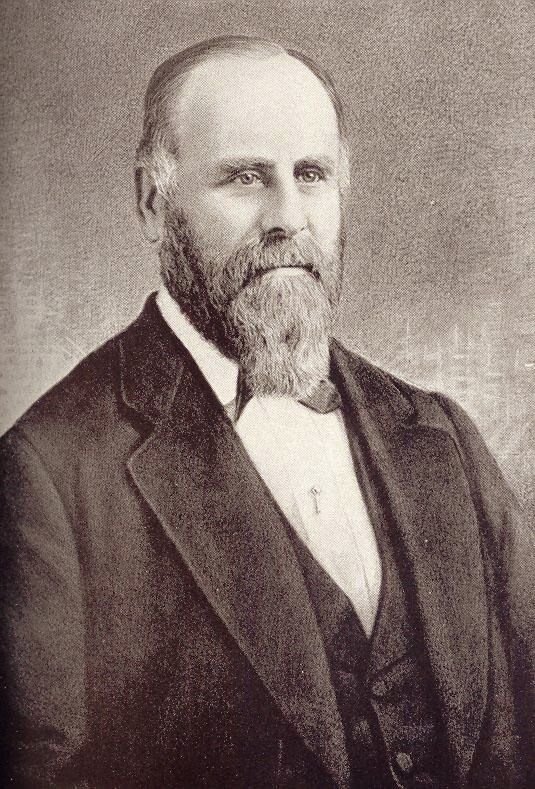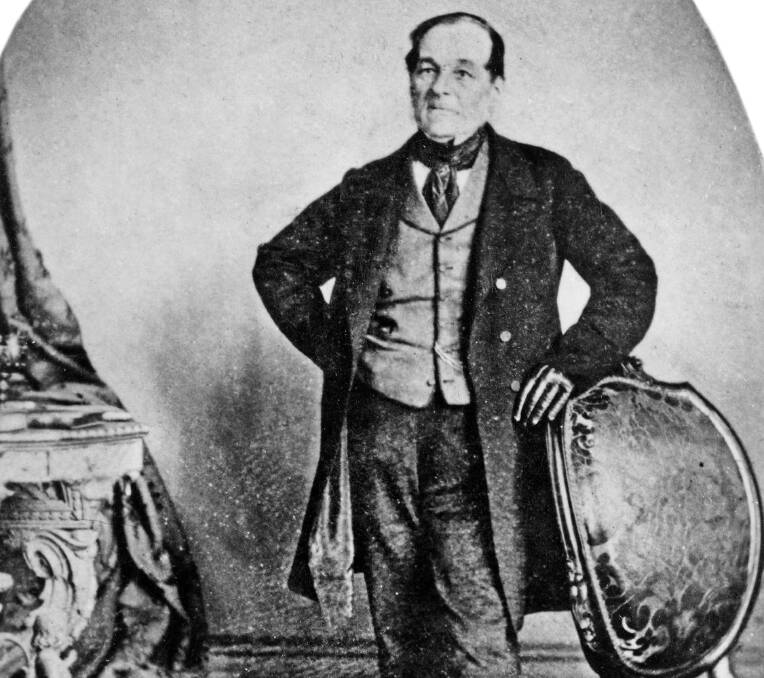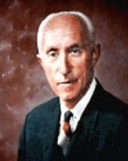
7 minute read
Department Stores • Vol. 20: #37 • (9/8/2024) Tidbits of Coachella Valley
When the going gets tough, the tough go shopping! This week Tidbits takes a tour down the aisles and through the records of some of the world’s most famous department stores for a look at the history from their humble beginnings to the retail giants theyʼve become today. Follow along for the lowdown on what we found!
MACY'S
• When Rowland Macy opened a dry goods store on New York City’s Sixth Avenue in 1858, in his wildest dreams he couldn’t have predicted the $24 billion in global net sales of the chain today. Macy’s first-day sales totaled a mere $11.08 in 1858, about $390 in today’s dollars.

• Forty four years later in 1902, the company’s flagship store located in New Yorkʼs Herald Square, opened with one million square feet spread across ten floors. Later expansions brought the total to 2.5 million square feet. The flagship store still has its own in-store jail, Room 140, where apprehended shoplifters are detained.

• Macy’s inaugurated its annual Thanksgiving Day parade in 1924, a major event that has been held every year since, except during the period of World War II. The giant helium balloons made their debut in 1928.

• Macy’s today has more than 94,000 employees in their nationwide chain of 512 stores. The flagship store held the title of world’s largest retail store until 2009, when the Shinsegae Centum City department store in Busan, South Korea, nabbed the record with 5.847 million square feet, nearly three times the size of Macy’s.
SAKS
• Also located in Manhattan’s Herald Square is the flagship location for Saks, a department store established by 20-year-old Andrew Saks in 1867. The original Saks store was in the shopping district of Washington, D.C. It later became a men’s clothing store in New York City in 1902. By 1896, Saks had stores in five cities.

• Andrew’s son Horace opened the 11-story Saks Fifth Avenue store in 1924. The previous year, Saks had been purchased by Gimbels, which was owned by Horace Saks’ cousin, Bernard Gimbel, for $8.1 million. After just a year of managing the luxury store for Gimbel, Horace Saks died suddenly, and the company was taken over by the Gimbels.
GIMBELS
• Gimbels operated for 145 years, founded by a German immigrant, with its first store opening its doors in Indiana in 1842, moving on to Milwaukee in 1887. Gimbel’s New York store opened in 1910, one block south of Macy’s with a building cost of $17 million ($500 million today), boasting a million square feet of space and 4,780 employees. Gimbels Philadelphia store originated the Gimbels Thanksgiving Day Parade in 1920, which is the oldest holiday parade, ahead of Macy’s by four years. The Philadelphia store was the first department store in the world with an escalator for its customers.
• By 1930, there were 20 Gimbels stores, with sales of $123 million ($2.2 billion in today’s dollars), giving it boasting rights as the largest department store chain in the world. The total increased to 53 by 1965.

• However, by the 1980s Gimbels was falling behind the competition, perhaps because their efforts were focused on the Saks stores, which was the real money-maker for them. Management had failed to keep the stores upto-date and in 1987, the remaining 35 Gimbels stores were closed and the properties sold.
HARRODS
• In 1824, 25-year-old Charles Harrod opened a one-room shop in London as a seller of draperies, fabrics, and clothing. In 1834, he added a wholesale grocery and tea store. The store continued to expand until 1883, when it burned to the ground just before Christmas.

• A new and larger building was promptly built on the same site, and he changed his product lines to appeal to a more upscale consumer. Harrods then began serving prestigious customers, among them Oscar Wilde, Charlie Chaplin, Sigmund Freud, Beatrix Potter, and many members of the British royal family.

• The store featured one of the world’s very first escalators. Today’s million sq. ft. store is home to 330 departments, including a 42,000 sq. ft. shoe department offering upwards of 100,000 pairs of footwear, as well as 23 restaurants, a spa and salon, pharmacy, tailor, and a personal shopping service. On a peak day, up to 300,000 customers visit Harrods of London.
BLOOMINGDALE'S
• Brothers Joseph and Lyman Bloomingdale opened their doors in 1861 in New York City’s Lower East Side area, selling hoop skirts. They expanded to a new location and began carrying European women’s fashion in 1872, with first day sales of $3.68. By 1886, Bloomingdale’s covered an entire city block at 59th Street and Lexington Avenue. In order to survive the Great Depression, Bloomingdale’s merged with Federated Department Stores in 1930, the same conglomerate that acquired Macy’s in 1994. Today, there are 54 Bloomingdale’s stores.
MARSHALL FIELD
• Young Marshall Field came to Chicago in 1856, and began working at the city’s largest dry goods firm. By 1865, he was partners in Field, Leiter, & Co., and within two years was reporting sales of $12 million, nearly $215 million in today’s money. The store burned to the ground in Chicago’s Great Fire of 1871, but reopened just a few weeks later, due to the brave efforts of the employees who loaded as much of the store’s expensive merchandise as possible onto wagons and removed it all away from the fire’s path.

KOHL'S
• Kohl’s didn’t start out as a department store, but rather as a corner grocery store in Milwaukee, founded by Polish immigrant Maxwell Kohl in 1927. Kohl expanded his operation to a supermarket in 1946, and by 1962 his chain was the largest in the Milwaukee area, paving the way for Kohl to branch out into the department store business.

• Today, there are more than 1,100 Kohl’s stores located in 49 states, with annual sales exceeding $16 billion.
NORDSTROM'S
• When 16-year-old Johan Nordstrom landed in America in 1887, he had $5 in his pocket. He was a Swedish immigrant who spoke not a word of English. After ten years of working in mines, lumber camps, sawmills, and shipyards, he headed north to the Klondike to seek his fortune in gold. Two years later, Nordstrom was in Seattle, $13,000 richer.
• He and a shoemaker he had met in Alaska pooled their money and opened a shoe store, Wallin & Nordstrom, in 1901, selling $12.50 worth of merchandise on their first day in business. By 1905, annual sales were $80,000.

• The men opened a second Seattle store in 1923, and in 1929, both retired and sold their shares to Nordstrom’s sons. In 1960, Nordstrom’s had eight shoe stores, with the downtown Seattle store holding the honor of largest shoe store in America.
• The stores were strictly shoes until 1963 when they expanded to include women’s clothing, with men’s and children’s clothing added soon afterward. By 1967, annual sales exceeded $40 million. There were no Nordstrom stores on the East Coast until 1988, and none in New York until 1995.
• Although 16 stores had to be closed during the Covid pandemic, the company has grown from a single shoe store to 362 stores in the U.S., located in 42 different states and U.S. territories, with annual sales exceeding $15 billion. The fourth generation of the Nordstrom family still heads up the company.




